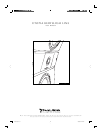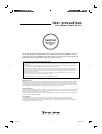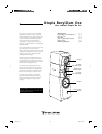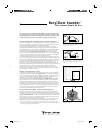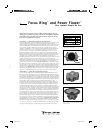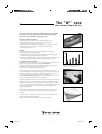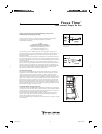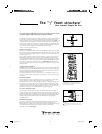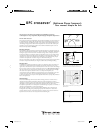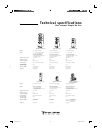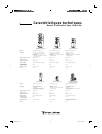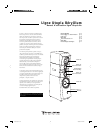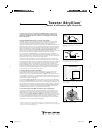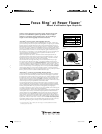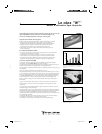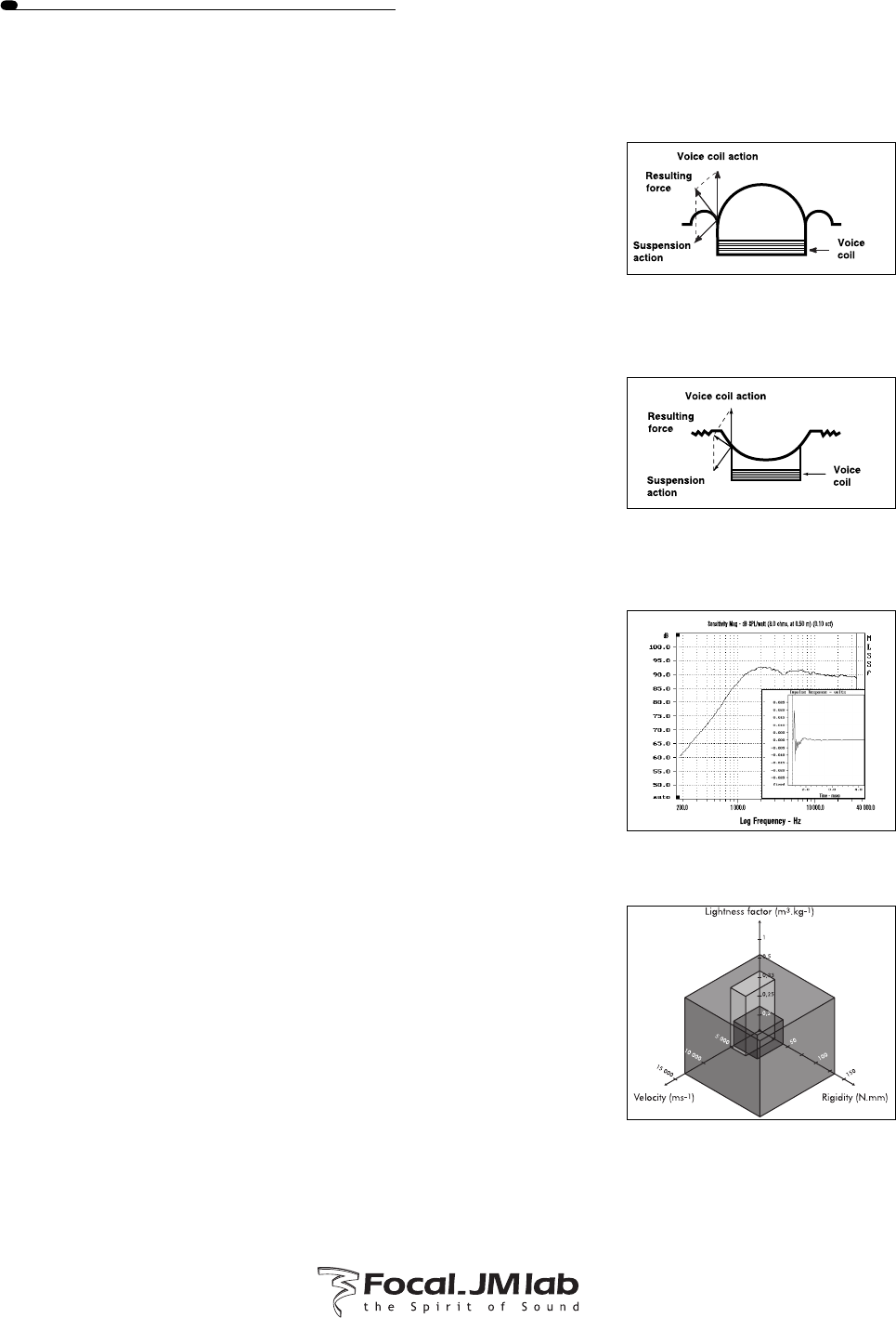
The main advantage of the inverted dome tweeter or the “full” range tweeter...
The experience acquired over the last twenty years has allowed Focal-JMlab to push back the limits
of reversed dome technology and the work on the suspension, driver shape, adhesives and materials
have at each stage produced an improvement in linearity and bandwidth.
The research began by testing fibre domes, as a simple and less sensitive way to validate the
advantages of the reversed dome with regards to energy response. Then the company introduced
more rigid metal domes to extend the response in high frequencies, and with Titanium producing
the most impressive results it has proved to be the most relevant choice. Today to exceed these
limits and particularly to extend the response to nearly 40kHz, we need to move towards a
material even lighter and more rigid. Already competitors have moved to introduce super tweeters
to satisfy the extreme requirements of the new high-bandwidth sources. However, Focal-JMlab does
not believe the adoption of the super tweeter is to be a satisfactory solution.
First of all, the distance between the tweeters, for frequencies where the wavelength is of the order
of cm, poses serious problems of coherence. A filtering is imposed which destroys, by the losses and
distortion of phase, the benefits introduced by extending the frequency response. So it is advisable
to point out that simply extending the high frequency response is not an end in itself, as the ear is
most sensitive to transients. The improvement with regards to the impulse response is only
perceptible at a tweeter output far beyond the 20kHz, limit and to far beyond the perception of
human hearing. We should not forget that Focal-JMlab’s first objective was to design tweeters offe-
ring an optimum coupling, being able to integrate with the mid-range at sufficiently low
frequencies and before the output of the mid- range begins to tighten or beam. Thus the only
successful solution is, therefore, to produce a tweeter with an extended response that covers more
than five octaves from 1 000Hz to 40 000Hz.
Beryllium - The ideal material for a dome.
An ideal dome must combine lightness, rigidity and damping. Currently, only one material offers
the possibility of a significant improvement. Beryllium’s density is 2.5 times lower than Titanium
and 1.5 times lower than Aluminium while its’ rigidity is 3 times higher than Titanium and 5 times
superior to Aluminium. Which means that for a dome of identical mass, a Beryllium version is 7
times more rigid than one made of Titanium or Aluminum - which have similar
rigidity for a given mass. Moreover, the velocity of sound in a Beryllium dome is 3 times faster
than a Titanium version and 2.5 times faster than Aluminum. However, the manufacturing of
Beryllium remains very difficult and its production has been limited to just three countries: the
United States, France and Russia. To date, Great Britain, Germany and Japan do not manufacture
pure Beryllium, rather using it in the form of an alloy. Beryllium is an excellent high-tech metal
- the only metal able to scratch glass - it is only used in strategic applications in the aeronautical and
military industries and consequently, its unique characteristics make it extraordinarily expensive,
much more than gold and nearly 100 times that of Titanium.
The only solution for Focal-JMlab - Control the manufactruing process.
The analysis of the mechanical characteristics inevitably leads to Beryllium’s choice as the ideal
material for a tweeter dome. However, a major problem exists because no company has been able
to manufacture such a dome. To arrive at a solution, required Focal-JMlab to conceive a process for
forming a pure Beryllium dome*. And after two years research and investment, the company now
posses a machine to carry out what was considered as utopia. Technological it is a world’s first and
certainly exceeds anything currently found in the audio field.
And the result is in line with the company’s hopes and expectations of an outstandingly detailed
loudspeaker which extends to nearly 40 kHz while maintaining a perfect impulse response.
The reversed dome tweeter is a hallmak of Focal-JMlab. As a result of more than twenty
years of development into a tweeter that could produce a high output, but without requi-
ring high energy input and without increasing directivity. And now the company is ready
to make a major leap forward with the introduction of the pure Beryllium version.
* In the past certain manufacturers have attempted to use Beryllium for the construction of a direct radiating tweeter
dome. However, they have actually only used Beryllium as a surface coating on a dome structure leading to different
characteristics to anything achieved with pure Beryllium. .
Comparaison beetween Beryllium, Titanium and Aluminum. Beryllium is
lighter and nearly five time more rigid.
A standard dome tweeter has a poor mechanical coupling with the voice coil
attached to the outer diameter of the dome.
The result of the mechanical forces shows that considerable energy is lost into
the suspension where it is dissipated as heat.
Focal-JMlab inverted dome tweeter: The mechanical interface between the
voice coil and dome is optimal, the result of the forces tangential to the
dome. All of the energy is transmitted into the dome and radiated
as sound.
The Beryllium tweeter offers a very extended response up to five octave
from 1,000Hz to 40,000Hz. The impulse response is ideal.
4
Beryllium tweeter
™
User manual Utopia Be line
notice utopia be 4 19/04/04, 15:32:41



